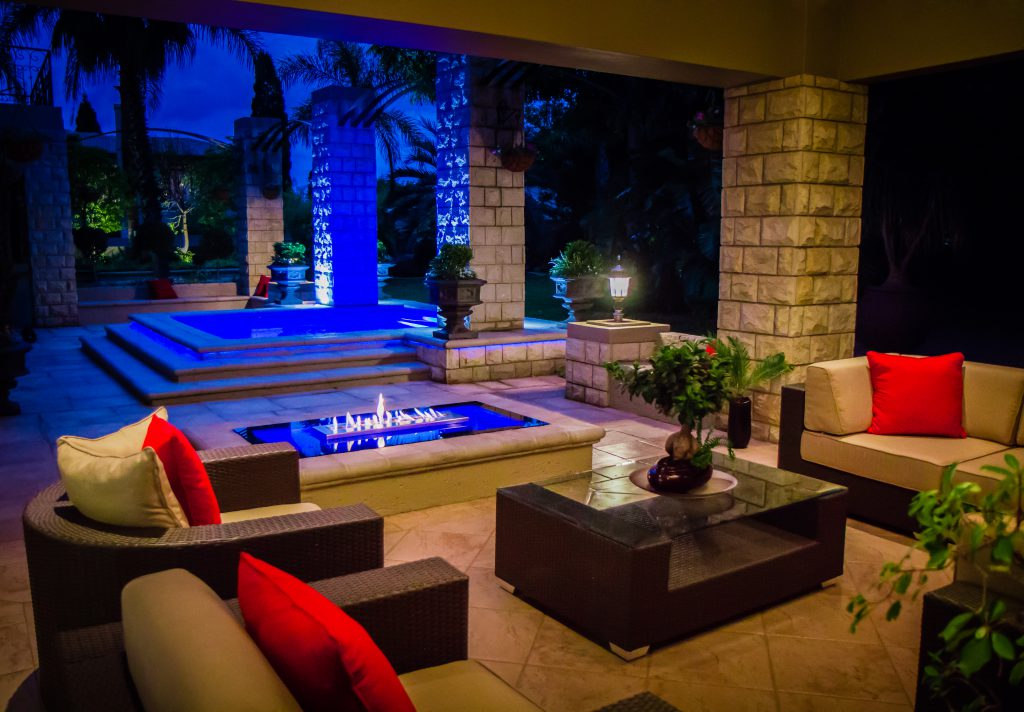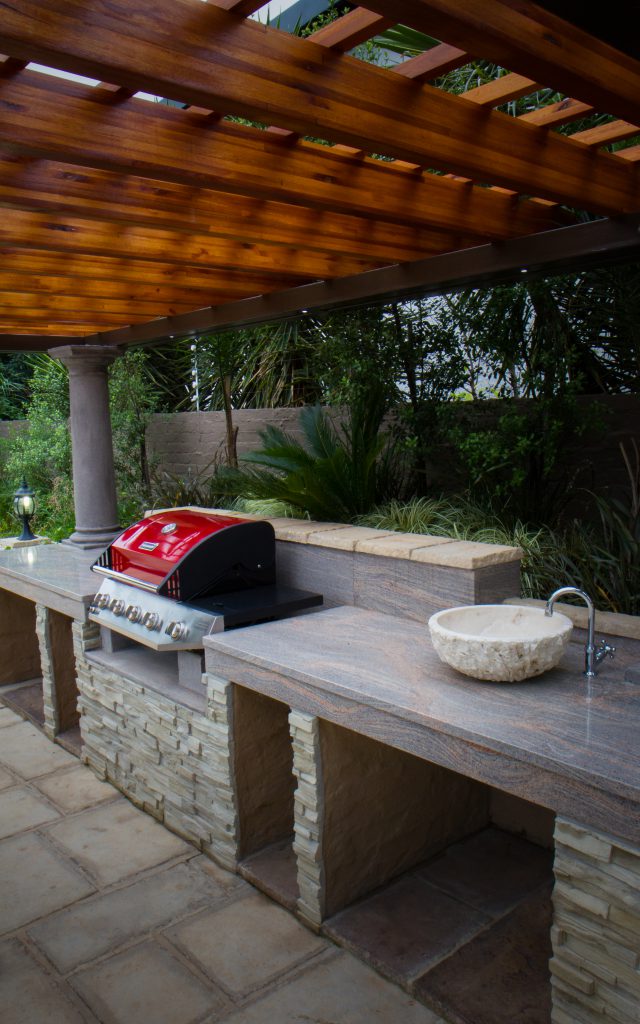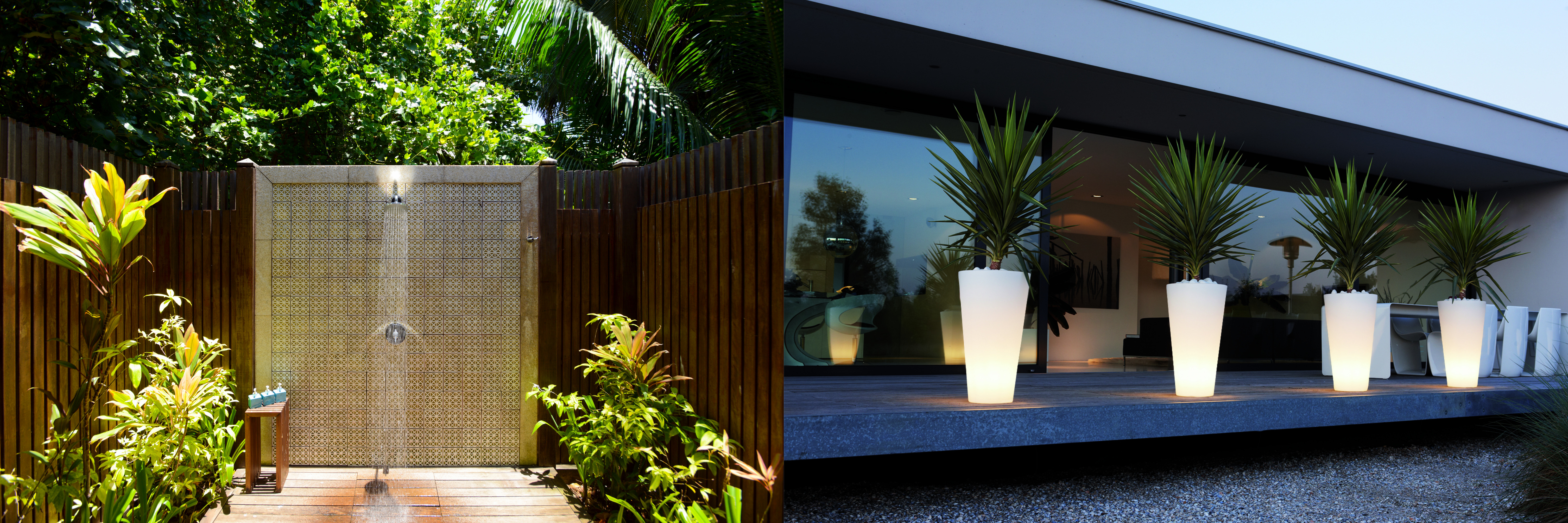Outdoor kitchens are the next frontier in alfresco dining. Landscape designer Craig de Necker of The Friendly Plant shares some handy pointers on creating your own open-air culinary space.
What are the design considerations when creating an outdoor kitchen?
When designing your outdoor kitchen, make sure your countertops don’t obstruct views of the garden and other scenic areas.
Layout can be tricky, so consider how you can minimise bottlenecks. There must be enough room for someone to pass by the person braaiing, as well as guests seated around a table. There’s nothing worse than having to squeeze past someone mid-meal.
Like indoor kitchens, work surfaces are important. Create a designated food prep station and a place to serve cooked food.
Whether you use gas, charcoal or wood fire, smoke is always a factor. A chimney will help keep the smoke at bay.
In terms of functionality, what are the cornerstones of a functional outdoor kitchen?
For ultimate convenience, add everything including the proverbial “kitchen sink”. Choose between a traditional-style sink, an under-counter mounted sink or an above-counter design.
Introduce storage space by using under-counter or wall-mounted cupboards. The type of cupboards used will largely depend on how weather-resistant the area is. Aluminium doors are a good low-maintenance option for areas that are completely exposed to the elements.
Electrical points are very important, as they allow for creature comforts like cocktail blenders or home entertainment sets. Electrical sockets are typically utilitarian, so try to keep them out of sight.
Introduce layers of lighting. Create ambience with soft moody lighting and add good task lighting around the braai and food prep stations.
What materials and finishes would you suggest?
In terms of aesthetics, your patio kitchen should merge seamlessly with indoor spaces. Stacking folding doors are a practical way to unify two spaces without compromising aesthetics and functionality.
When exposed to the elements, outdoor kitchen floors can become very slippery. The most practical option to avoid slipping is concrete flagstone. If you prefer a ceramic tile, it should carry at least an R11 slip-resistance rating.
How can you incorporate a fire pit or even a bar area without hampering the flow of the space?
Consider a bar counter that’s positioned against a wall, instead of the more traditional two-sided counter. By using an angled or curved design, you can fit more into a space than by using a design with straight lines.
Fire pits are often placed in the centre of the entertainment space. If you’re short on space, create better flow by positioning it against a boundary wall, patio or pool edge.















Leave a Comment